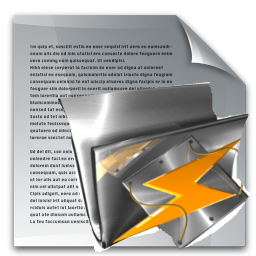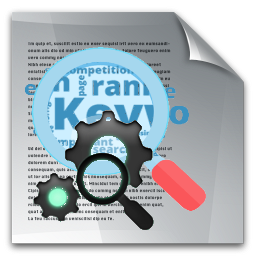| Id | 618 | |
| Author | Beerse M.E., Van Lith T., Stanwood G.D. | |
| Title | Is There a Biofeedback Response to Art Therapy? A Technology-Assisted Approach for Reducing Anxiety and Stress in College Students | |
| Reference | Beerse M.E., Van Lith T., Stanwood G.D.; Is There a Biofeedback Response to Art Therapy? A Technology-Assisted Approach for Reducing Anxiety and Stress in College Students ;SAGE Open vol:9 issue: 2 page: |
|
| Keywords | anxiety; art therapy; clay; college students; mindfulness; stress |
|
| Link to article | https://www.scopus.com/inward/record.uri?eid=2-s2.0-85066941842&doi=10.1177%2f2158244019854646&partnerID=40&md5=5e89bbfac5ef13ba0a98b62626031586 |
|
| Abstract | College students are exposed to daily stressors throughout their academic careers, which can have lasting consequences to their health and well-being. Mindfulness practices, art therapy, and the simple act of manipulating clay have independently demonstrated positive effects on stress and anxiety, but there is little research on the feasibility of incorporating these into an online resource for students to proactively address their mental health. In this pilot study, full-time university students (N = 15) were randomly assigned to a mindfulness-based art therapy (MBAT) program that used clay for all art directives or an unstructured, undirected neutral clay-manipulating task (NCT) for 10 weeks. Anxiety symptoms, salivary cortisol concentrations, and perceived levels of stress were assessed. Within-group analysis demonstrated significant decreases in anxiety symptoms and cortisol concentrations for MBAT participants, with no significant decrease in perceived stress. NCT participants experienced a significant decrease in cortisol concentrations on Week 1 but not on Week 10, with no other statistical significance in outcomes detected. Between-group analysis generated no significant interactions between variables. Based on these results, the structure of a therapist-directed online MBAT program using clay has the capacity to elicit anxiety-reducing benefits and may produce a trained biofeedback response for combating stress, offering a feasible strategy for addressing the mental health crisis on college campuses. © The Author(s) 2019. |
|
| Metodology | Technique |











